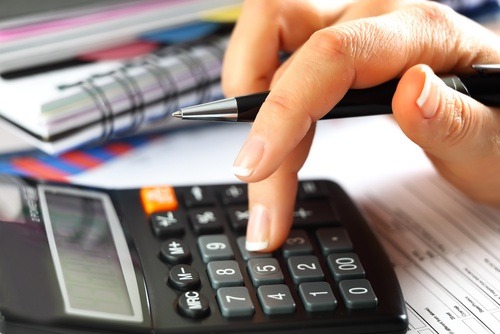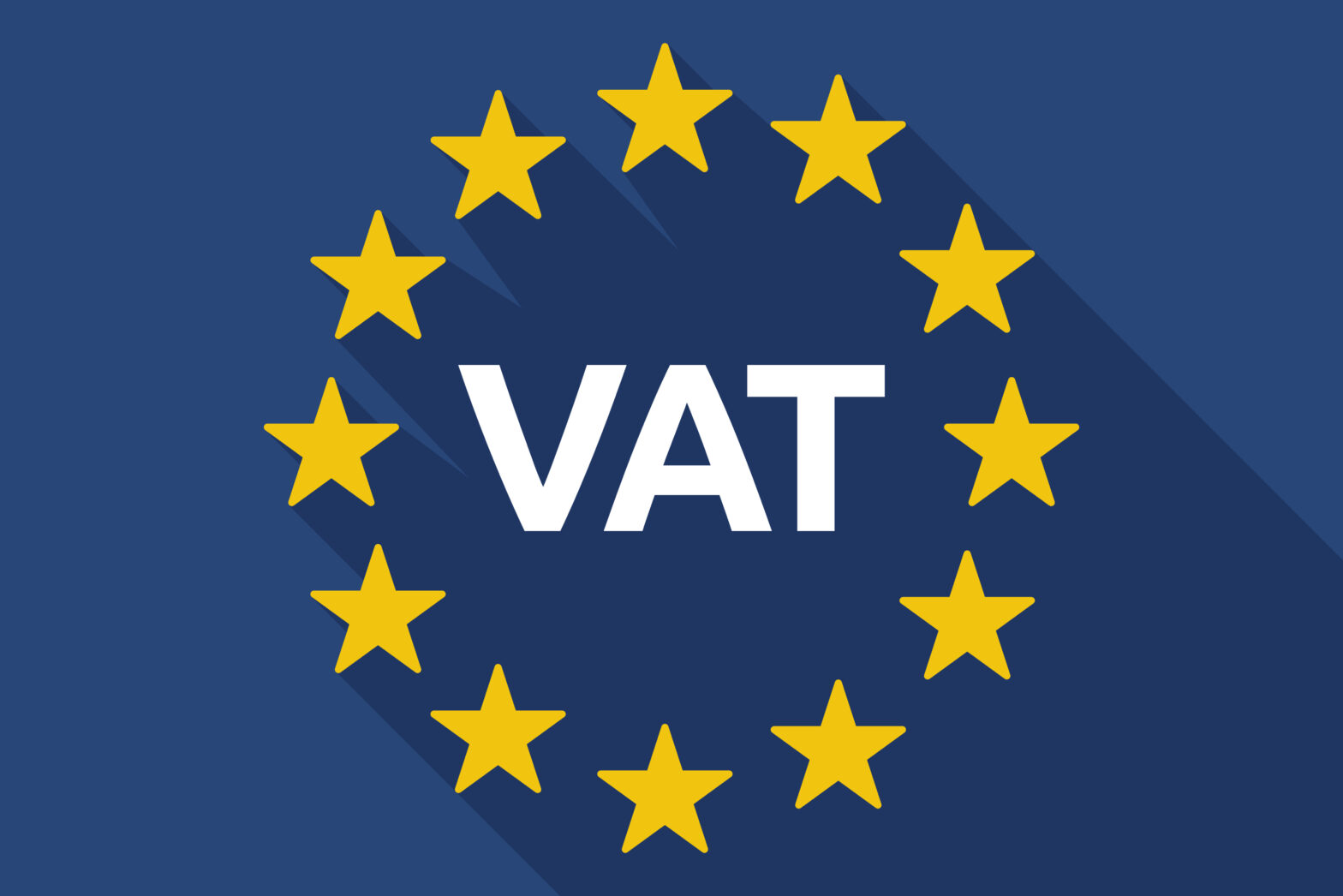Even just getting simple dates wrong with the taxman can cost you money, regardless of your tax bill. Cash flow is always an issue for small business people and you don’t want to add to the pressure your personal finances are under at this time of year. We’ve included below a simple summary of the key deadlines you need to meet to avoid the sting of a penalty from the taxman in the new year.
Most people caught in the snare of self-assessment are probably aware that midnight on 31st January is the deadline for sending your personal tax return online to HM Revenue and Customs (HMRC). It’s also the deadline for paying any tax you owe from the previous year.
HMRC has masses of useful information available online, but it can be tricky to find exactly what you’re looking for. So here are some key things to check and when:
19th Dec 2014: Apply now if you still need a new UTR (Unique Taxpayer Reference)
30th Dec 2014: Send your return online if you owe less than £3,000 and want (HMRC) to collect the tax through your PAYE tax code
15th Jan 2015: Register for your Government Gateway ID (new users)
31st Jan 2015: File your tax return online by midnight
5th April 2015: End of tax year 2014/15
6th April 2015: Start of new tax year 2015/16
23rd July 2015: Pay your second payment on account (if by new direct debit)
27th July 2015: Pay your second payment on account (if by post, BACS, or existing direct debit)
31st July 2015: Your second payment on account must reach HMRC by this date whatever.
What this really means
If you’re not sure what some of those mean then you’re not alone; just read on for our simple explanations.
19th December – Your UTR
Everyone needs a UTR (Unique Taxpayer Reference) code to file via self-assessment. This is issued when you first register. Unfortunately, it’s not always printed in the same way on HMRC documents. Sometimes it’s called ‘tax reference’, ‘UTR’ or even just ‘our reference’. It’s a ten-digit number, usually in the heading of a document or letter from HMRC. It can take up to six weeks to receive a new UTR, so you need to apply by 19th Dec to give yourself a fighting chance of meeting the 31st Jan deadline. Strictly speaking, first-timers should have registered by 5 October 2014. If you are not registered on the self assessment section of gov.uk here.
30th Dec 2014: Send your return online if you want (HMRC) to try and collect the tax through your PAYE tax code.
If you owe less than £3,000 and want HMRC to collect your tax through your PAYE code instead of by payments on account, then you need to file your return online by midnight 30th December 2014.
15th Jan 2015: Register for Gov Gateway ID (new users)
You need a Government Gateway ID and password to file your return online even if you use commercial software or an accountant to do it for you. It can take 7 working days or more to receive an activation code as this is still sent by snail mail. Although in theory this means that you have until 21st Jan, we recommend you allow at least two full weeks for this. HMRC have discretion to cancel late penalties where you can show evidence that you applied in time, but we recommend avoiding this if at all possible.
31st Jan 2015: File your tax return online by midnight
The deadline for filing paper forms was 31st October 2014, but now you have until midnight on 31st January 2015 to submit your online 2013/14 tax return to HMRC. You can do this via an accountant for a fee, or via the HMRC website for free. There are commercial software options which can help in different ways too.
23rd July 2015: Make your 2nd payment on account (by new Direct Debit)
If you haven’t paid by Direct Debit previously and you have set up a new one to come into effect this year, you need to allow 5 working days for the payment to reach HMRC.
27th July 2015: Pay your 2nd payment on account (by post, BACS, or existing Direct Debit)
If you have an existing Direct Debit set up to pay HMRC, or you pay via BACS or send a cheque in the post, you need to allow 3 working days for your payment to reach HMRC. If you send a cheque, we recommend getting proof of posting.
31st July 2015: 2nd payment on account on the same day
If you pay by CHAPS or “Faster Payments” online this will reach HMRC on the same day. You can also pay on the same day by debit or credit card online, and at your bank or building society or over the counter at a Post Office.
Weird historical answer to sensible question about tax dates
Why is the UK tax year April to April, not January to December like most major nations?
Due to an historical quirk, the British calendar remained on an older system when the rest of the world updated to the Gregorian calendar centuries ago. Britain updated in 1752, by dropping 11 days out of September! (Can you imagine that happening now!?) There were apparently protests on the streets against paying a full tax year and losing 11 days. So the Treasury moved the start of the next tax year from March 25th to 5th April. One other shift was made in 1800 to allow for a leap year to arrive at April 6th and we’ve been stuck with that ever since.
Nathan Evans is the founder of Zaptax.





